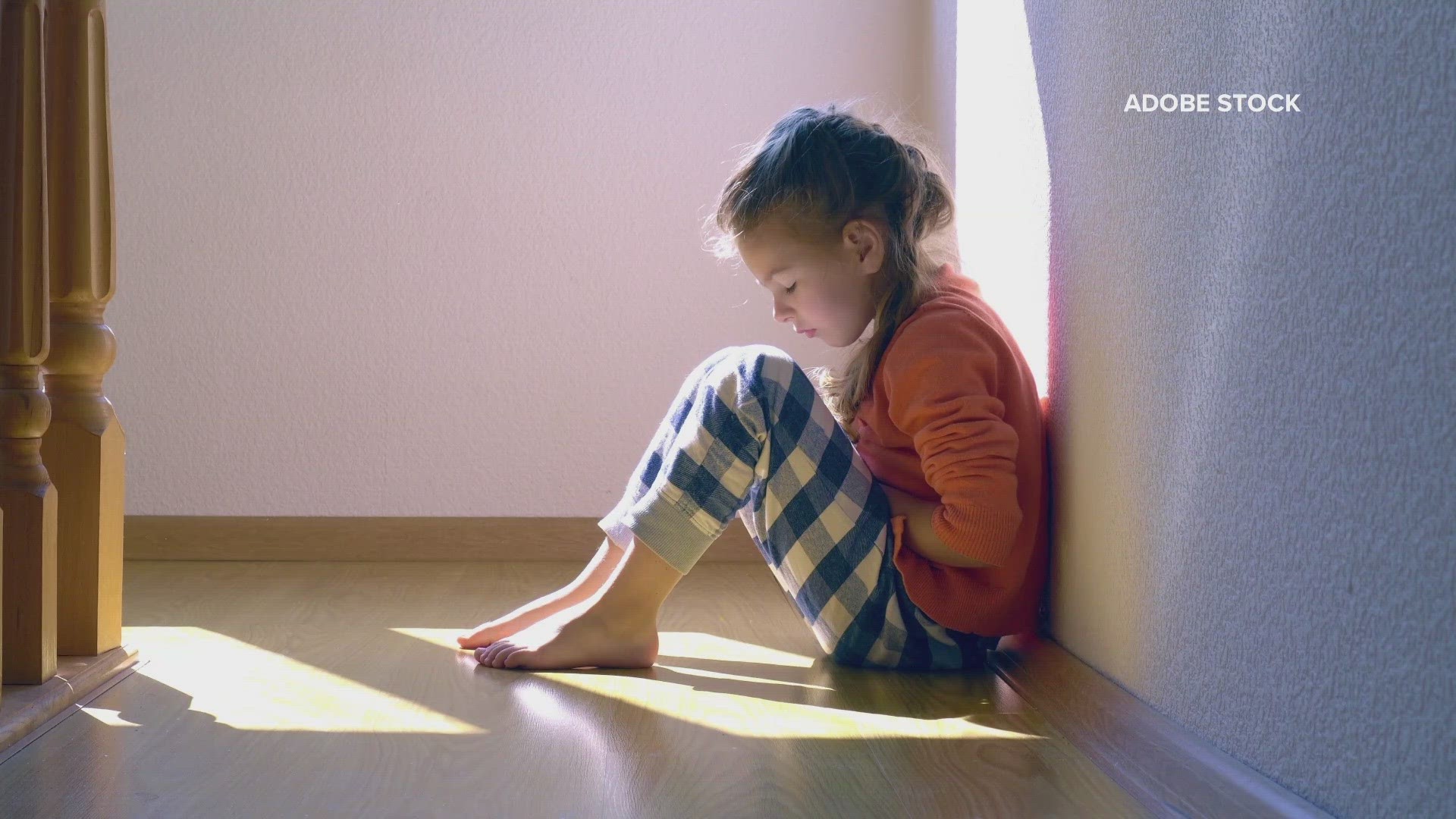AUGUSTA, Maine — The Kids Count data book shows there are 4,263 Maine children who were abused in 2020. That's up from 3,286 in 2017.
The report says the communities struggling most are in rural parts of the state.
"Maine's rate of child maltreatment was the highest in the nation at 19 per 1000 children in 2020," Helen Hemminger of the Maine Children's Alliance said.
Child welfare advocates wrote in the report that stable relationships and environments are critical for healthy children and development. They noted children who don't have that are more likely to develop mental and physical health challenges and are at a higher risk of homelessness when they grow up.
In 2021 Somerset and Waldo Counties had the highest rates of child abuse and neglect in the state with almost 30 per 1000 children affected.
Melissa Hackett with the Maine Child Welfare Action Network told NEWS CENTER Maine that substance abuse, domestic violence, and economic factors contribute to these high numbers.
In comparison to Maine's rural areas, Cumberland County reported 8 per 1000 children were abused.
"Access to services, we know, is kind of a critical component," Hacket said.
She added that resources like domestic violence support services aren't as accessible in rural counties. But, the state is working on that.
Governor Janet Mills' biennial budget proposed $237 million for these kinds of resources.
"We must acknowledge that the drug epidemic is jeopardizing the safety, security, and welfare of our youngest children," Mills said in her State of the Budget address in February.
Last year, 692 children in Maine were exposed to substances while in the womb, including more than one in 10 children born in Androscoggin, Somerset, and Oxford counties.
The Kids Count data shows that these numbers are declining, but are still an issue.
"Substance use disorder in fact is identified as a risk factor in 53 percent of the cases where a child is removed from the home," Mills said in the same speech.
She also directed DHHS and the Maine Child Welfare Action Network to create a prevention plan.
Hackett added that her team is meeting with families across the state to try to figure out where the challenges are.
A representative from DHHS did not attend the unveiling of the data but wrote in a statement:
The Databook includes a measure of child maltreatment, which is an important indicator of child and family well-being, the functioning of the child welfare system, and the broader social supports available to children and families. Maine law and Department policy approaches maltreatment comprehensively, defining it to include both indicated (low/moderate severity) and substantiated (high severity) findings of abuse or neglect. This helps to ensure that Maine identifies, reports, and responds to child maltreatment. It also contributes to Maine identifying maltreatment at a higher rate than other states, as not all states take this approach. Removing indicated findings would result in a significant reduction in Maine’s maltreatment rate, putting it much closer to the national average.

